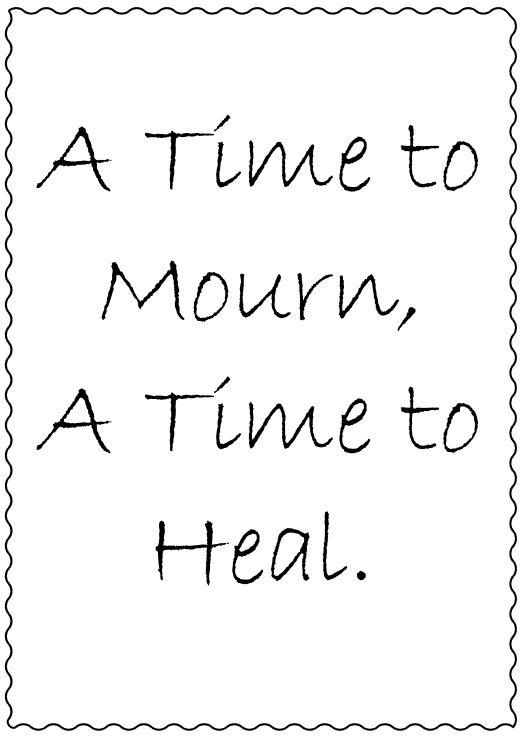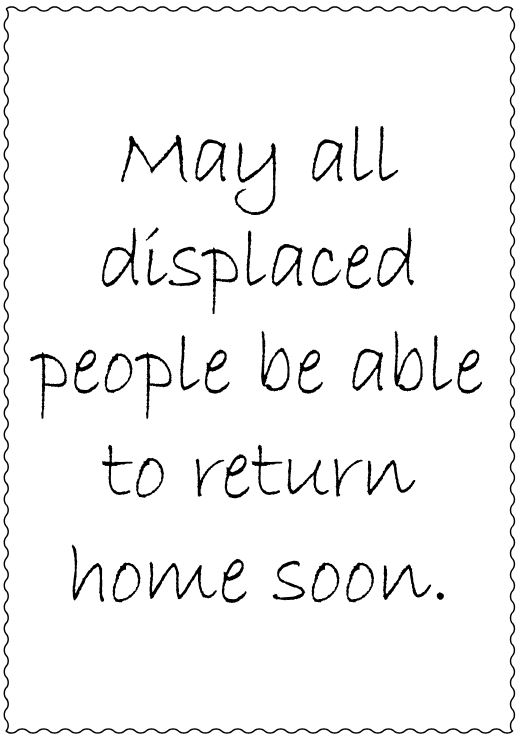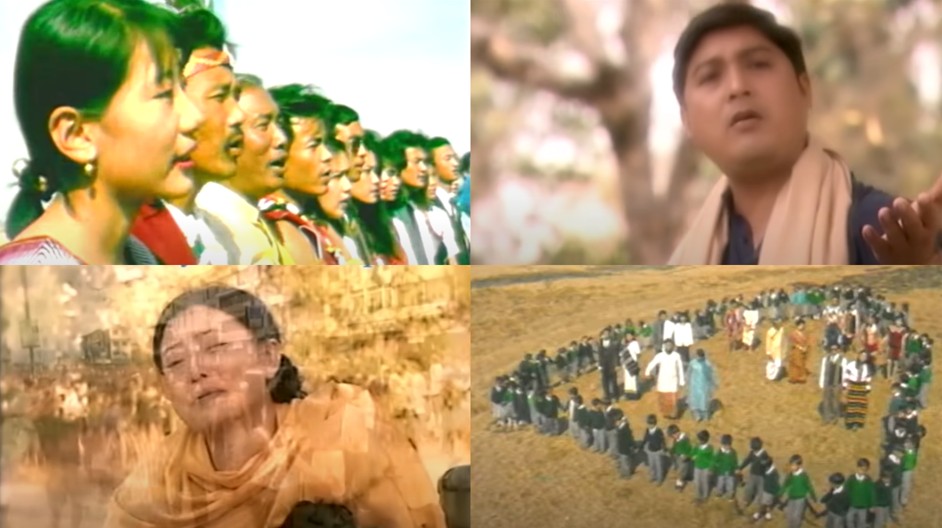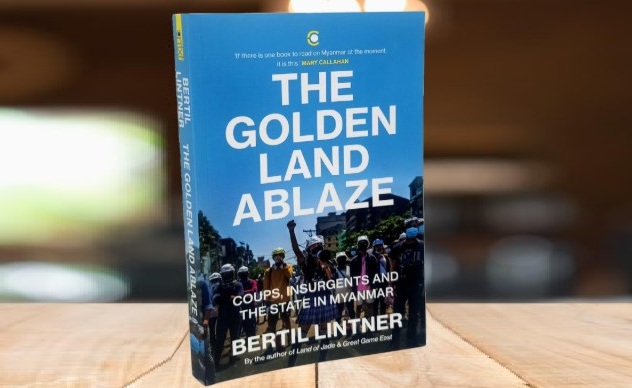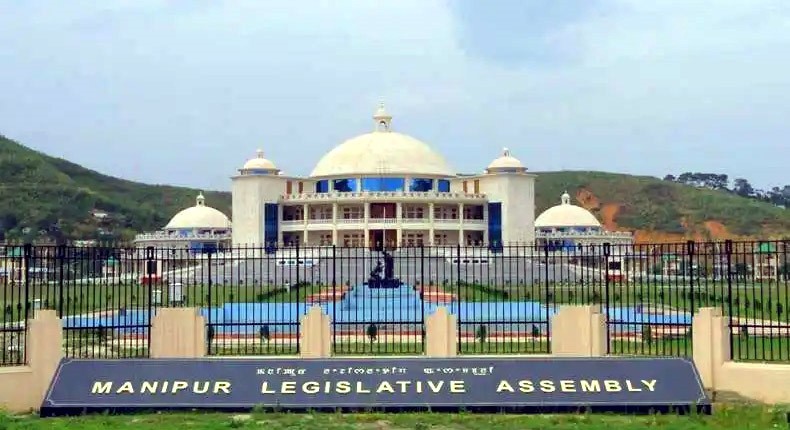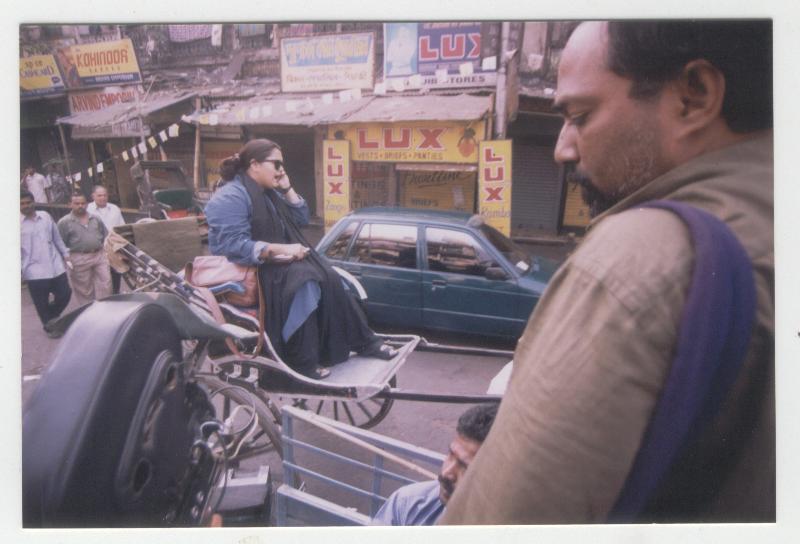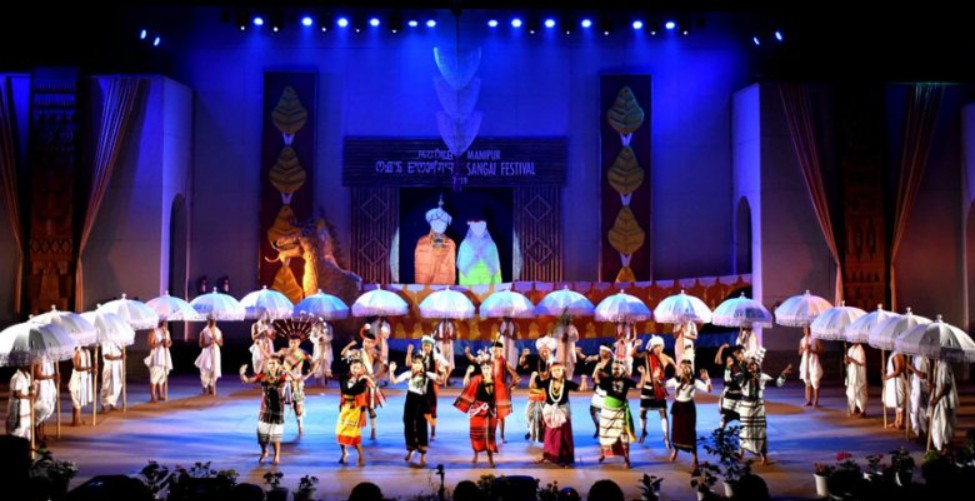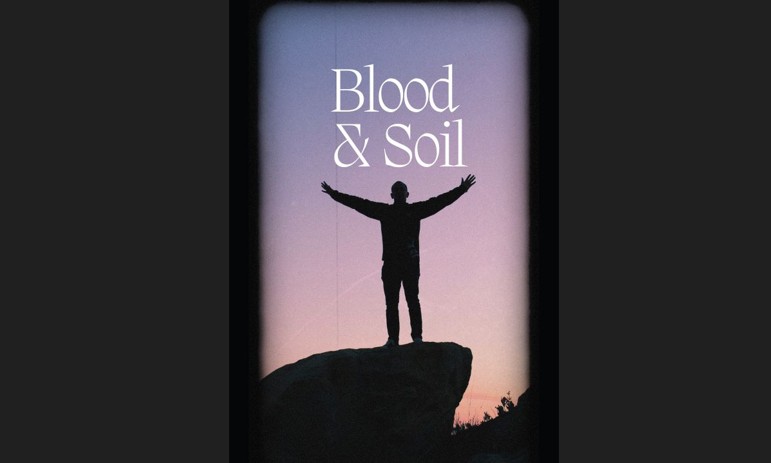In Manipur, music, theatre, and film are, to a large extent, still seen by many as entertainment, something to have as background noise while we live our lives, rather than as a cultural expression which warrants proper standing. Their artistic merit is often overshadowed by commercially or superficially based traumas, and the artists themselves are rarely treated with the same level of respect or protection as others when they contribute to public engagement in their community. Reflecting on Stuart Hall’s Representation Theory, which emphasizes the dialogic relationship between cultural products and social realities, it is then understood that these forms are not neutral mirrors that reflect information about social meanings, but they are active agents in the process of making meanings. If nothing else, these art forms should be seen as strong representations of our society, and perhaps more importantly, a reflection of times of turmoil.
During times of conflict and crisis, as would be the case in Manipur at the moment, these mediums are often threatened? Ironically, there have been complaints regarding camera and equipment smashed and choking harassment, or interruptions, of film crews by miscreants in the context of the ongoing violence occurring. This isn’t just damaging equipment. It is damaging memory. It is damaging to the truth. It is damaging feelings and creative and artistic expression.
Why does this keep happening? Is the public simply conditioned to engage with artistic works as a form of escapism and not as a platform for critical thought, questioning power, or some form of healing? Or is it just the latest manifestation of a broader dynamic of a society in which art has been continuously de-politicized, and considered irrelevant to the “real” issues? Perhaps the answer lies, in part, with the creative industry itself, which has largely promoted its own goal of unconditional mass appeal, viral popularity, and production sheen, disregarding pertinent stories based on the lived reality of the people.
The time for passive consumption is done. The moment calls for collective consideration, not just regarding the current crisis, but how we engage with the speakers who use art to make sense of it. In this view, we return to two songs of major significance, Punshisina Ahanba and Hingminasi Eikhoi. These songs are not just artistic works. They are cultural tests of songs that represent all the grief, confusion, resistance, and hope of the people of Manipur.
What’s most striking and most heartbreaking is that these songs are not outdated or historical. They were written in another time, but they speak just as loudly, if not more urgently, today. Their relevance has not faded; it has sharpened. And that, perhaps, is the greatest tragedy, that we are still singing the same songs because the wounds remain unhealed, the questions unanswered, and the longing for peace unmet.
Punshisina Ahanba: A Song of Grief and Realism
The song Punshisina Ahanba, sung by B Kunjabihari Sharma, begins with imagery of smiling children, babies and toddlers, unaware of the brewing unrest and conflict around them. Featuring renowned Manipuri actors like RK Amajeet, RK Jnaranjan, Bobby Wahengbam, Wangkheirakpam Diya, and others the visuals are a lament, a sorrowful reflection on Manipur’s condition.
It opens with:
“Punshisina ahanba mangfaonarakpa mikupta, ngaiduna leirammi santigi yeknaba kaya-kaya malemsida.
Thijarui eihaksu shantigi hourakpham kadaidano, adubu mangkhi adumak amamba meikhu lakta mahakti.”
It can be loosely translated as, “When life begins to understand the world, there are many enemies of peace waiting. I, too, searched for the source of peace , but it vanished into the black smoke.”
This verse is achingly relevant today at this heartwrenching time when Manipur finds itself divided by a deep communal rift. The verse provokes an uncomfortable question: who are the ‘foes of peace’ today? Is one community to blame? Is a community failing? Or is it a systemic failure that allows hatred, fear, and political machinations to linger and fester? When the children in the video were smiling unconsciously, even now, many children and toddlers in Manipur have died without knowing what peace is. Communities are blaming each other when we must ask ourselves: shouldn’t the government be held accountable? As a democracy, shouldn’t the government be responsible for a system that keeps law and order and leads to equality for all lives?
This conflict has revealed the chasm in the promise. Politicians use identity as a currency for votes, and the public becomes increasingly cynical. Peace becomes a banner that does not resonate in the camps, destroyed homes, and the many kids are not in their own schools.
The song continues:
“Achum aral khangnadraba, ason ana thinadraba,
Ngasigi malemsida hingliba punsisey karigi-damaktano.
Lakhibani malemsida pikla thawaisina asha kaya puduna
Nongmadi soidana, shantigi leikol oihallani khan.
Lakhidarey ngasidi khiklakhidrey shantigi erik leikolsida.”
It can be loosely translated as, “People can no longer distinguish right from wrong. The weak and the sick are left uncared for. What meaning is there in living in such a world? We are born with hope fragile souls dreaming of a garden of peace. Yet even now, not a single trace of peace has come. And just as life begins to grasp the world, the enemies of peace are already waiting.”
The hopelessness conveyed in these lines is indicative of not only the past but an unchanged present. From AFSPA’s violence and oppression to the ethnic conflict we are seeing today, the same condition persists: people are not living, they are surviving. Many are displaced, unemployed due to the ban on the internet, have lost their relatives due to violence, or they lost loved ones to sorrow more generally on many occasions. Some have fled the area; some are still looking for what peace and a sense of return may look like to them.
Punshisina Ahanba is more than a decade since its release, but it is still more than relevant. It feels prophetic.
Hingminasi Eikhoi: A Song for Unity
The song Hingminasi Eikhoi, which started being broadcast on Doordarshan (and still is sometimes), represents the counterpoint, not grief, but hope. The actors in the video belong to different communities, and the song employs several languages and many dialects indigenous to the people of Manipur, marking an act of bold imagining in a unified, inclusive state. The most striking images in the video are students from various backgrounds, holding each other’s hands to physically outline the state of Manipur on the ground beneath them. The message was clear and uncomplicated, “Let us live together.”
The meaning of the song has deeper relevance now, as Manipur’s unity faces one of its greatest challenges. The demand for separate administration by one community has made frayed cracks in the state even deeper. We are not dealing with political disagreement that can be worked out through discussion. This is a forced division refusing to engage the opposite side. One side demands separation, while the other side democratically struggles to maintain the idea of a united Manipur. But the question remains: Can we move forward; can we even begin to coexist; without reckoning with our collective past, without meaningful, inclusive dialogue, and without a state and central government that is effective and fair?
On one hand, the world is continuing to progress technologically, with the advent of AI changing lives, on the other, we appear to be lacking basic civility and common-sense solutions. The government, both state and central, has not been able to protect its taxpaying citizens. The security forces have not been able to prevent violence. Rather, civilians have had to take it on themselves to keep themselves safe. What a sad state of affairs.
In such darkness, a song like Hingminasi Eikhoi becomes more than music. It becomes a reminder of what’s worth fighting for — not just territory, but coexistence.
It’s time, actually, beyond time, for the public and the government to embrace the more pervasive effects popular songs, movies, and dramas can have on broader society. They’re not simply “entertainment,” but vehicles for memory, resistance, and healing.
Punshisina Ahanba and Hingminasi Eikhoi were made years ago and yet speak painfully directly to a contemporary Manipur. And for that reason, the fact that they have continued to resonate is not a compliment. It’s an indictment. We should not still be singing these songs as if nothing has changed. But as unfortunate as it is, the past remains.
As we re-engage these songs in this moment, let’s not do so passively. Let’s reflect, engage, and act, not only in reverence for the moments captured in song but to ultimately make a different future they mourn and hope for.


